
City Tour Cusco
Table Of Content
- Cusco Cathedral
- What is inside the Cathedral?
- Coricancha: Temple of the Sun
- History of Coricancha
- Principal attractions of Coricancha
- Temple of the Sun
- Temple of the Moon
- Temple of Venus and the Stars
- Lightning, thunder, and lightning enclosures
- The Fountains
- The Solar Garden
- How to get there to Coricancha?
- Sacsayhuaman Fortress
- History of the Sacsayhuaman Archaeological Site
- The architecture of Sacsayhuaman
- Architectural Features
- How to get to Sacsayhuaman?
- Q’enqo Archaeological Complex
- Where is Qenqo located?
- Architecture of the archaeological complex of Q’enqo.
- Attractions of Q’enqo
- The Hall of Sacrifice
- The Zigzag Canaleta
- The amphitheater
- How to get to Q’enqo?
- General information about Q’enqo
- Puca Pucara – Red Fortress
- History of Puca Pucara
- Where is Puca Pucara located?
- Second level
- Third level
- How to get to Puca Pucara?
- General information about Puca Pucara
- Tambomachay, the history of the Inca bathing place
- History of Tambomachay
- What features can visitors see in the ruins of Tambomachay?Water sources
- How do I get to Tambomachay?
- General information about Tambomachay
Cusco, the cradle of the Inca Empire, is home to archaeological remains and legends that reveal Peru’s rich history.
Cusco is located in the province and region of the same name. It was the political, administrative, and religious capital of the Tahuantinsuyo. In the 15th century, Inca ruler Pachacútec redesigned the city’s layout, creating a large complex that remained the empire’s main city until the 16th century. On March 23, 1534, the Spanish transformed the city once again. During this period, the Inca layout and buildings were preserved, and the Spanish constructed temples and mansions atop them. Examples include the Santo Domingo Temple in the Qoricancha and the Cusco Cathedral in the Quishuarcancha. The latter was owned by the Inca Wiracocha and was one of many important and valuable buildings during the Tahuantinsuyo. Despite the city’s rapid growth, Cusco’s architecture and urban design retain extraordinary expressions of both cultures, maintaining their authenticity and integrity.
Cusco Cathedral
The Inca temple known as the Cathedral was built in the main square of Cusco to honor their gods, including the Sun God and the Moon Goddess. The temple was constructed using the Inca architectural technique of precisely fitting large stone blocks together without gaps. Decorated with gold and silver, it was considered a sacred place.
However, in the 16th century, the Spanish destroyed much of the temple and used the remains to build the cathedral. This represented the conquest of one religion by another. Construction of the cathedral began in 1559 on the ruins of the Qoricancha temple and was completed in 1654. Shaped like a Latin cross, it combines Gothic and Renaissance styles with Baroque touches.
The Spanish sought to destroy the Inca religion and replace it with Catholic Christianity. To this end, they forced the Incas to work on the cathedral’s construction. They destroyed sacred stones and forced the Incas to work on the cathedral, a humiliating act. However, the Incas added sacred details, such as jaguar heads on the doors.
What is inside the Cathedral?
There are many points of interest, including Catholic artifacts, some of which are pieces of colonial craftsmanship. Among them are:
– Altar – Sacristy – Illustrations – Maria Angola Bell – Christ of the Tremors.
HOURS AND PRICES
Operating hours:
Monday to Saturday from 11:00 to 17:00 – Sunday: from 13:00 to 17:00.
Student cost: S/. 20.00 Adult cost: S/. 40.00
Coricancha: Temple of the Sun
The Coricancha was the center of Cusco in more ways than just geographically. It was also the religious center, a sacred place where Inti, the Inca sun god, was worshipped. In fact, it was the only temple dedicated exclusively to religious ceremonies and the most sacred of all the Incas. To enter the temple, the faithful had to be barefoot, fast, and carry a heavy load on their backs as a sign of humility before the god.
Many historians have written that when the Spaniards arrived in Cuzco, they were dazzled by its majesty. All the walls were covered with gold and there were deities everywhere to celebrate the different gods of the Inca Empire, such as a silver representation of the goddess Moon. The concentration of precious metals made the whole area shine. There were animal figures made entirely of gold that filled the gardens; the Spaniards had never seen so much gold in one place. Most of these pieces were sent to the King of Spain in gratitude for allowing expeditions to South America.
History of Coricancha
The walls of the Coricancha are made of local rocks called calcite and andesite, which gives the structure the perfect finish expected of Inca architecture and also means that it will resist not only the passage of time, but also natural disasters. The temple has survived not one, but three major earthquakes that have rocked Cusco.
The Inca leader Huayna Capac placed special importance on the temple and ordered all wealthy citizens to travel to it. This led to a concentration of powerful people in Cusco, strengthening the empire over time and benefiting the state in revolutionary movements.
Principal attractions of Coricancha
Temple of the Sun
The Temple of the Sun was the most important. In fact, it was so large that it occupied more than half of the current Santo Domingo Temple. In this temple you can still see the embalmed bodies of the Sons of the Sun resting on golden chairs placed on a table made of the same material. Several mummies were found here, and before its destruction it was believed that the temple was protected by Mamaconas, the priestess of the Sun. Unfortunately, the Spaniards destroyed most of the temple to build the church.
Temple of the Moon
This building was lined with silver planks and had a representation of the moon, also made of silver. Inside were kept the mummies of the Incas’ wives in order of seniority. About half of the temple was demolished by the Spaniards to build the nave of the church of Santo Domingo.
Temple of Venus and the Stars
According to historians, the Inca was in this part of the Coricancha to be deified or to witness the festivities or sacrifices that took place in the rectangular courtyard. It occupies part of the western side of the courtyard.
Lightning, thunder, and lightning enclosures
It is located in front of the temple of Venus and has three single jamb doors, equidistant and slightly trapezoidal, plus a window in each side wall.
The Fountains
There were five water fountains of unknown origin. These fountains had a religious meaning and were decorated with precious metals. They were located all over the Coricancha.
The Solar Garden
It became the great repository of offerings that all the subjugated and allied nations brought to the Sun God. These offerings consisted of gold and silver representations of the flora and fauna of the Tahuantinsuyo. They were of natural size and were so numerous that they filled the terraces in such a surprising way and in such numbers that the Spaniards called it the Solar Garden. In colonial times it became an orchard for the Dominican friars.
How to get there to Coricancha?
The Coricancha Temple is located in the center of the city of Cusco, between the intersection of El Sol Avenue and Santo Domingo Street, two blocks from the Plaza de Armas. You can enter the Coricancha from Monday to Saturday from 08:30 to 17:30 and Sundays from 14:00 to 17:00. Admission is 20 soles for adults, 10 soles for students and free for children under 10.
Sacsayhuaman Fortress
Sacsayhuaman was an ancient temple where sacred rites and ceremonies dedicated to the Sun God or Inti were performed exclusively. This site was considered of great spiritual importance after the Temple of Qoricancha.
With the arrival of the Spanish, Sacsayhuaman changed from its ceremonial purpose to a military one, becoming an important bastion of resistance against invading forces. Today, this place shows us its social organization and architecture in its maximum expression, and constitutes an important historical-cultural space for Peru and all the Americas.
History of the Sacsayhuaman Archaeological Site
Sacsayhuaman was built in the 15th century by Pachacutec, the ninth Inca emperor, between 1438 and 1471, at the height of the Inca civilization. It is believed to have been a ceremonial fortress with religious functions. Its construction is remarkable for the size and weight of the stones used, some of which weigh several tons.
This enclosure has an impressive architecture because no mortar was used and yet the stones were perfectly fitted together. Likewise, stones have been found that form walls with perfectly carved and fitted edges, and some stones have irregular and angular shapes that fit only with nearby stones.
Today, Sacsayhuaman remains an important site for the celebration of Inca festivals. Every year on June 24th, Sacsayhuaman celebrates Inti Raymi, the Inca ceremony of thanksgiving to the sun god. Sacsayhuaman continues to fascinate visitors and archaeologists as an impressive testimony to the advanced engineering and architecture of the Incas.
The architecture of Sacsayhuaman
The structure includes sacred buildings such as shrines and towers, as well as residences, warehouses, roads and aqueducts. For this reason, the landscape and atmosphere are similar to other sites of the time, such as Machu Picchu.
The Inca Garcilaso de la Vega, one of the most famous Peruvian chroniclers, believed that Sacsayhuaman was the most impressive work of architecture the Incas built, and we agree with him.
Architectural Features
How to get to Sacsayhuaman?
Since it is so close to the city of Cusco, it can be nice to take a walk on a sunny day, which will take about 45 minutes. Alternatively, you can take a taxi, which only takes 10 minutes. You will also find that it is included in the city tour if you want to visit other sites in the afternoon.
Please note that you will need to purchase the Boleto Turistico at one of the included sites or at specific points around the city.
Q’enqo Archaeological Complex
History of Qenqo
The name “Qenqo” means “labyrinth” or “sacred maze” in Quechua, reflecting the complex rock structures and carved channels resembling a ceremonial labyrinth for Inca rituals. The site’s significance lies in its role in Inca spiritual beliefs, with structures and petroglyphs depicting figures related to nature worship. Qenqo illustrates the Incas’ deep connection to their environment and religious practices, marking it as an essential part of their history and culture.
Where is Qenqo located?
The tourist attraction of Qenqo is located four kilometers from the city of Cusco, on the Socorro Hill. A few meters away are the ruins of Sacsayhuaman, Tambomachay, Puca Pucara and other archaeological sites of the Inca period. Qenqo is located at 3580 meters above sea level and it is believed that the Inca gods of the sun, moon, mountain and earth or Pachamama were worshipped here.
Architecture of the archaeological complex of Q’enqo.
Q’enqo features a natural rock formation that artisans carved entirely. The Spanish colony destroyed parts of this site due to its religious importance, but its solid stone structure allowed it to withstand the attacks. Inside, artisans carved three important animals from the Andean cosmovision: the condor, the puma, and the snake. The site consists of two main areas: Q’enqo grande, the largest rock formation, and a smaller rock known as Q’enqo chico.
Attractions of Q’enqo
Intiwatana and Astronomical Observatory
The sculptors carve the two cylindrical stone projections that rise vertically from an almost elliptical base atop a large rock.
The Incas observed the stars and the sun using intiwatanas. The Amautas measured time, identified the seasons, and determined solstices and equinoxes using sites called “Intiwatanas,” which means “where the sun is tied.”
When the winter solstice arrives, the sun’s rays fall directly on this site, forming the silhouette of a puma with glowing eyes.
The Hall of Sacrifice
An underground chamber features a floor, ceiling, walls, tables, and cupboards carved out of a single giant rock. Researchers believe that the Incas used this chamber to embalm their noble corpses and to perform sacrifices of humans and llamas. Being underground, it symbolized the entrance to the world of the dead.
The Zigzag Canaleta
Located on a large rock and very close to the Intiwatana. The zigzag canal starts from a small hole and goes down in an inclined plane and broken line, and then forks; one of these branches led the liquid to the underground chamber or sacrificial room (according to the Cuzco historian Victor Angles). The priests could have consecrated the liquid as chicha or used the blood of creatures they sacrificed to the gods.
The amphitheater
The wall features a huge semicircular area that is 55 meters long and has 19 incomplete niches distributed along it. During the Inca period, this place was a temple for public ceremonies. At the end of the open area there is a large stone block, 6 meters high, resting on a solid rectangular base. It has niches distributed around the amphitheater as seats, but according to recent research it is very likely that they were actually the bases of a great wall, with the representation of an entity worshipped in each of them.
How to get to Q’enqo?
You can reach it in several ways since it is located a few kilometers from the city of Cusco.
It takes about 40 to 50 minutes to walk from downtown Cusco to Sacsayhuamán, and the route offers incredible views of the city. On the way, you will pass by the fortress. Taking a taxi is a quick and convenient option; the ride takes about 10 minutes and costs around 20 soles. There is also a tourist bus in the city center that allows you to visit Q’enqo and other nearby archaeological sites. The best option is a guided tour, which includes everything you need for an enriching visit and features a guide who provides details about the site.
General information about Q’enqo
Hours of operation:
Monday to Sunday from 08:00 to 17:30 h. The tourist ticket includes the entrance fee.
Cusco Tourist Ticket for foreign tourists: 130 Soles (36 USD), allows access to 16 tourist sites and is valid for 10 days.
>Cusco Tourist Ticket for domestic tourists: 70.00 Soles (20.00 USD), allows access to 16 tourist sites and is valid for 10 days.
Puca Pucara – Red Fortress
History of Puca Pucara
A pre-Inca culture began constructing the site, and the government of Pachacútec improved its infrastructure. According to tradition, when the Inca visited the Tambomachay baths, his large group of soldiers stayed at Puca Pucara, which served as barracks and a tambo. Though no one has proven this, some people claim that the chincana connects to Tambomachay.
The name Puca Pucara comes from two Quechua words: “puca” or “puka,” meaning red, and “pucara,” meaning fortress. They call it the “Red Fortress” because its walls turn red at sunset.
Where is Puca Pucara located?
Visitors can find the Archaeological Center of Puca Pucara at the top of the road leading to Pisac, about seven kilometers from the city of Cusco. You can take a city tour from any travel agency to reach the site or walk there after visiting Tambomachay, as it is located just a few meters from the Inca baths.
This archaeological complex features terraces, walls, aqueducts, small squares, and stairs that create an adequate and functional urban layout.
The builders constructed the buildings using stones of different sizes, resulting in an uneven surface. Compared to other archaeological sites, they invested less effort in this one.
They constructed the structure with limestone typical of the site, primarily using medium and small-sized stones, all joined with great precision to ensure resistance to various seismic movements.
In this complex, the builders created three walls with irregular floors, allowing them to use the same space across three levels.
First level
This first wall is located in the lower part of the archaeological complex and has a sinuous layout that avoids carefully cutting the protruding rocks. To the north and behind the outer wall, builders constructed six rooms of different sizes, arranging them irregularly to avoid touching the rocks used for the wall.
Second level
The second wall surrounds the central elevation. Between this and the first there are very wide platforms. On this level there are terraces and gardens facing south, and to the east there are three rooms with trapezoidal floors and a rectangular one.
Third level
This is the highest level. Currently, due to the passage of time, it is not possible to observe Inca remains, but you can enjoy incredible views of the whole place.
How to get to Puca Pucara?
Getting to Puca Pucara is very easy and offers several options:
If you already have a tourist ticket, you can save money by using public transportation. For instance, you can take the “Huerto” bus from the “Rosaspata” stop to reach Puca Pucara in under 30 minutes. The staff can assist you. You can also choose a taxi for a comfortable ride, which should cost no more than 30 soles. The tourist bus from the city center will take you to Puca Pucara and other archaeological sites. We recommend guided tours because a guide will explain the history of the sites.
General information about Puca Pucara
Hours of operation:
Monday to Sunday from 08:00 to 17:30 h.
The tourist ticket includes the entrance to Puca Pucara.
Cusco Tourist Ticket for foreign tourists: 130 Soles (36 USD), allows access to 16 tourist sites and is valid for 10 days.
Cusco Tourist Ticket for domestic tourists: 70 Soles (approx. 20 USD), allows access to 16 tourist sites and is valid for 10 days.
Tambomachay, the history of the Inca bathing place
History of Tambomachay
During the Inca era, Tambomachay was a place of great importance for the royal panacas of Hanan Qosqo. In this place is the ninth huaca of the first ceque of the Antisuyo and was the residence of the Inca Yupanqui. The Inca stayed in this area to hunt. Seventeenth century chronicles describe the site of Tambomachay, located in a place known as Pucaracay, which some ancient accounts alternatively describe as a castle or “walls from the time of the Ynga”, a description that coincides with the nearby archaeological site of Puca Pucara.
During the colonial and republican periods, however, the area underwent significant changes with the creation of estancias and haciendas. Tambomachay became a private property dedicated to cattle ranching, managed by a landowner named Mendoza, originally from Puno, who settled in the area. This transition marks a remarkable contrast between its Inca cultural significance and its later use during the colonial period.
The name Tambomachay comes from two Quechua words: “tampu”, which means “collective lodging”, and “machay”, which means “place”. When combined, we get “resting place” or “Tambo de la Caverna”. Interestingly, another interpretation of mach’ay is “cavern”, which perfectly fits the physical environment of the site, as impressive geological formations and caves surround Tambomachay.
What features can visitors see in the ruins of Tambomachay?Water sources
The Incas skillfully adapted the area’s four terraces to the rocky landscape, demonstrating their advanced construction skills.
How do I get to Tambomachay?
Depending on your preferences and the time you have available, there are several ways to get to Tambomachay from Cusco. One option is to go by car or taxi since it is only five miles away. The journey from the center of Cusco takes approximately 20 minutes. This is a comfortable, quick option ideal for those who prefer to explore at their own pace.
By bicycle: If you’re up for an adventure, you can rent a bike in Cusco and ride to Tambomachay. The road has a slight incline and offers spectacular views of the Andean landscape.
Guided tour: A guided tour is an excellent way to get to know Tambomachay.
General information about Tambomachay
Hours of operation:
Monday to Sunday from 08:00 to 17:30 h.
The tourist ticket includes the entrance to Tambomachay.
The Cusco Tourist Ticket costs 130 soles for foreign tourists and 70 soles for domestic tourists. It provides access to 16 tourist sites over the course of 10 days.


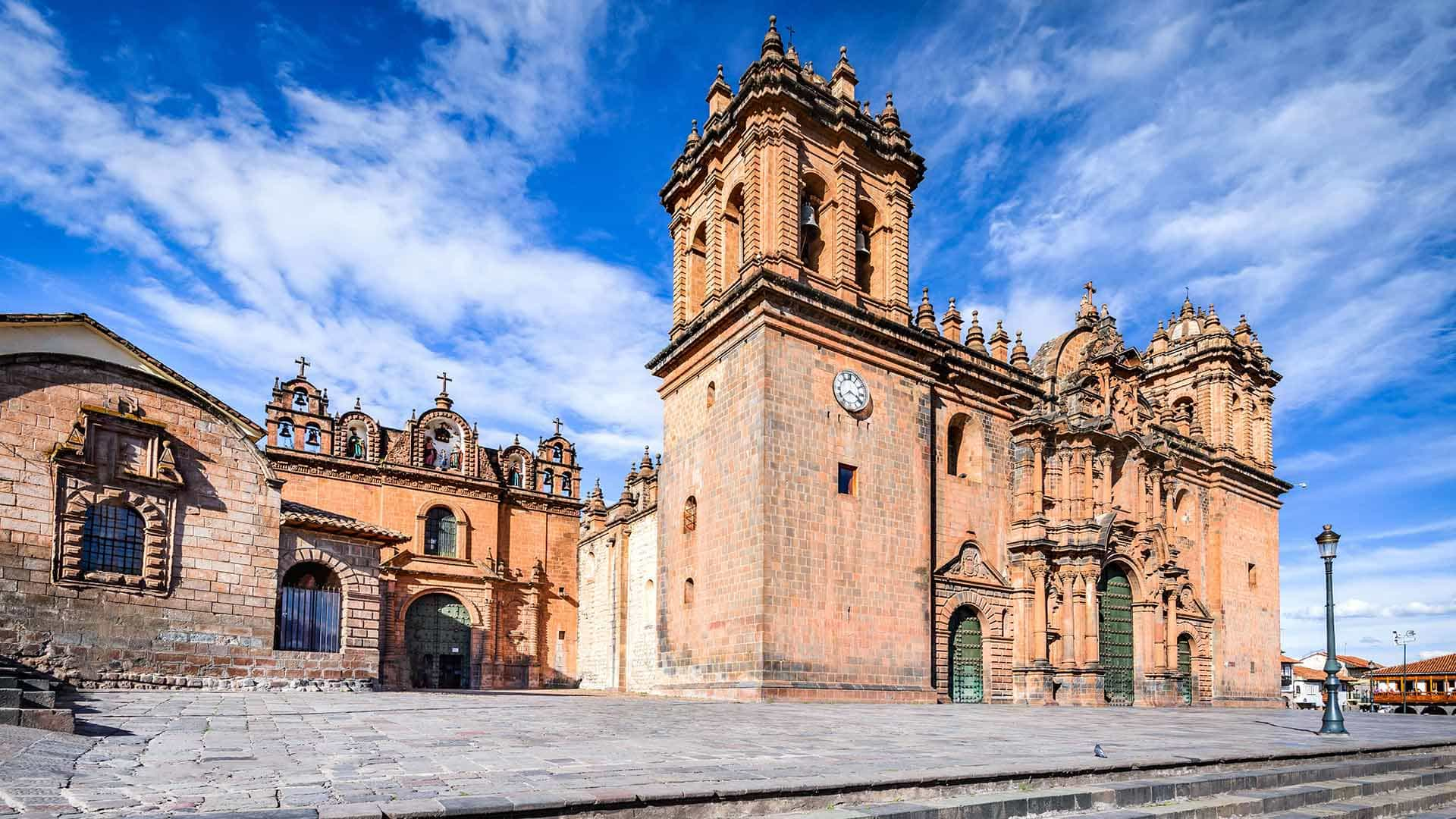
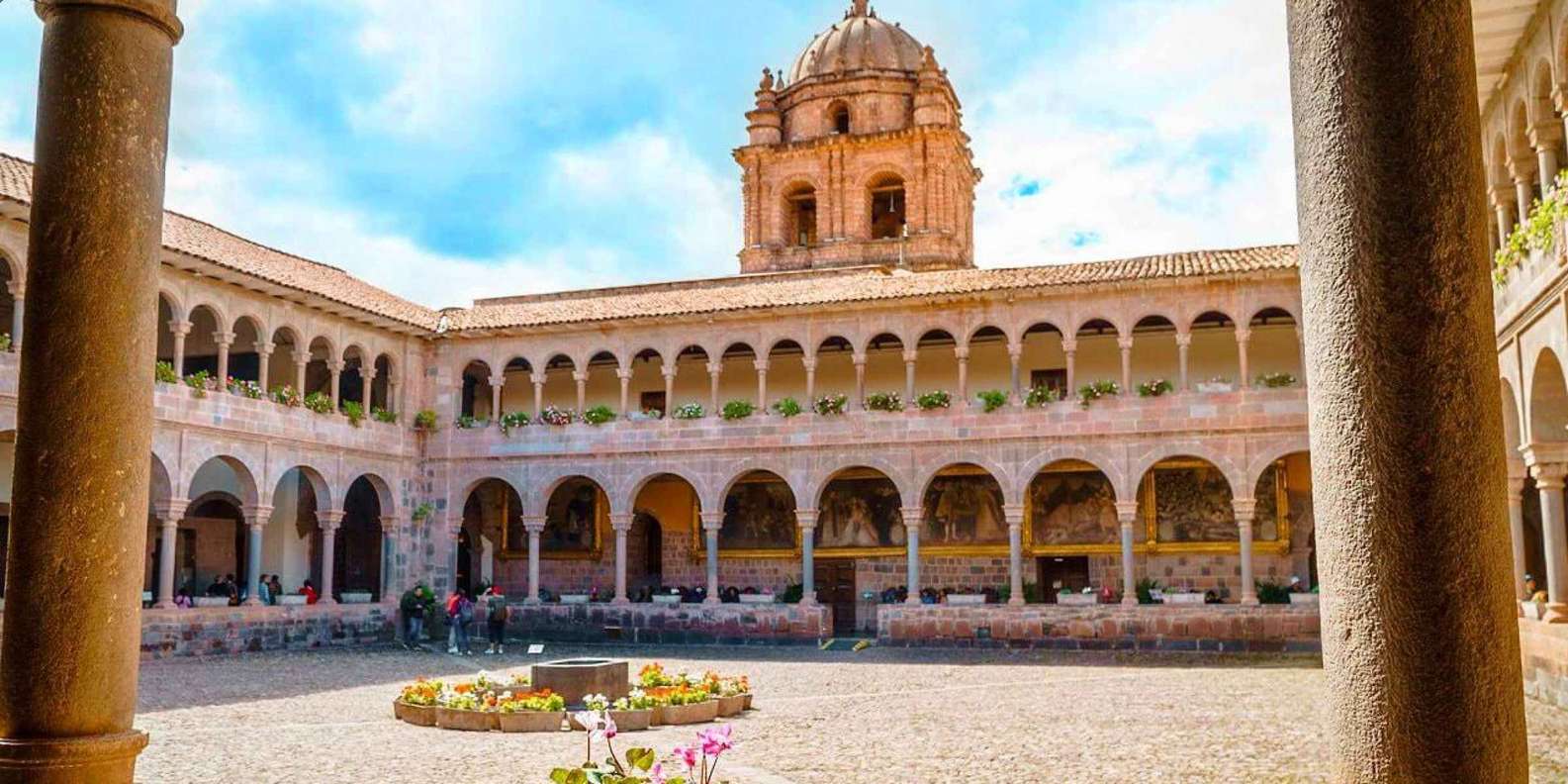
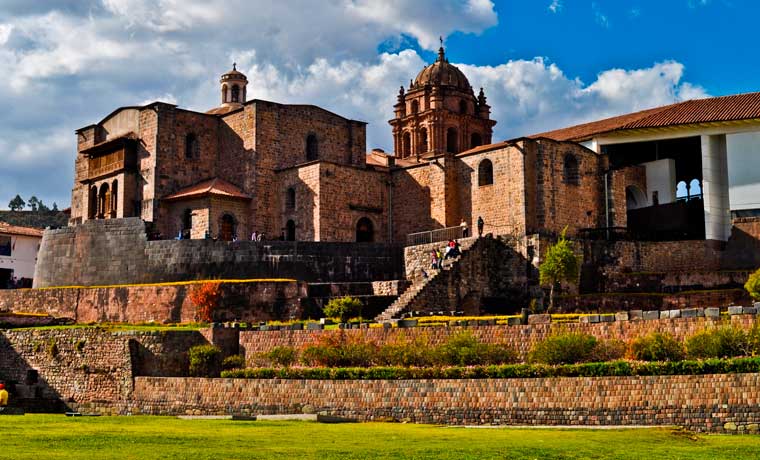
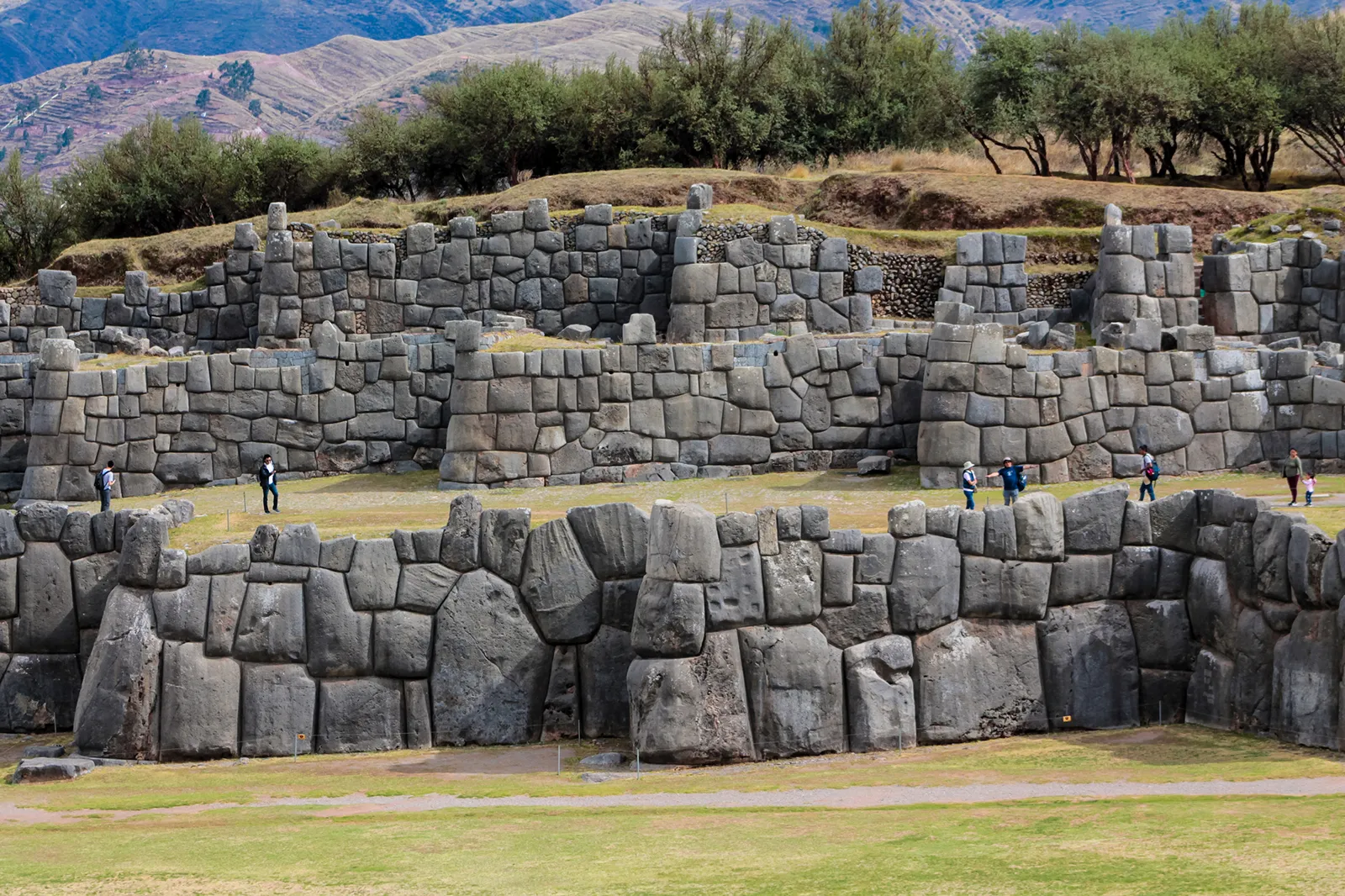
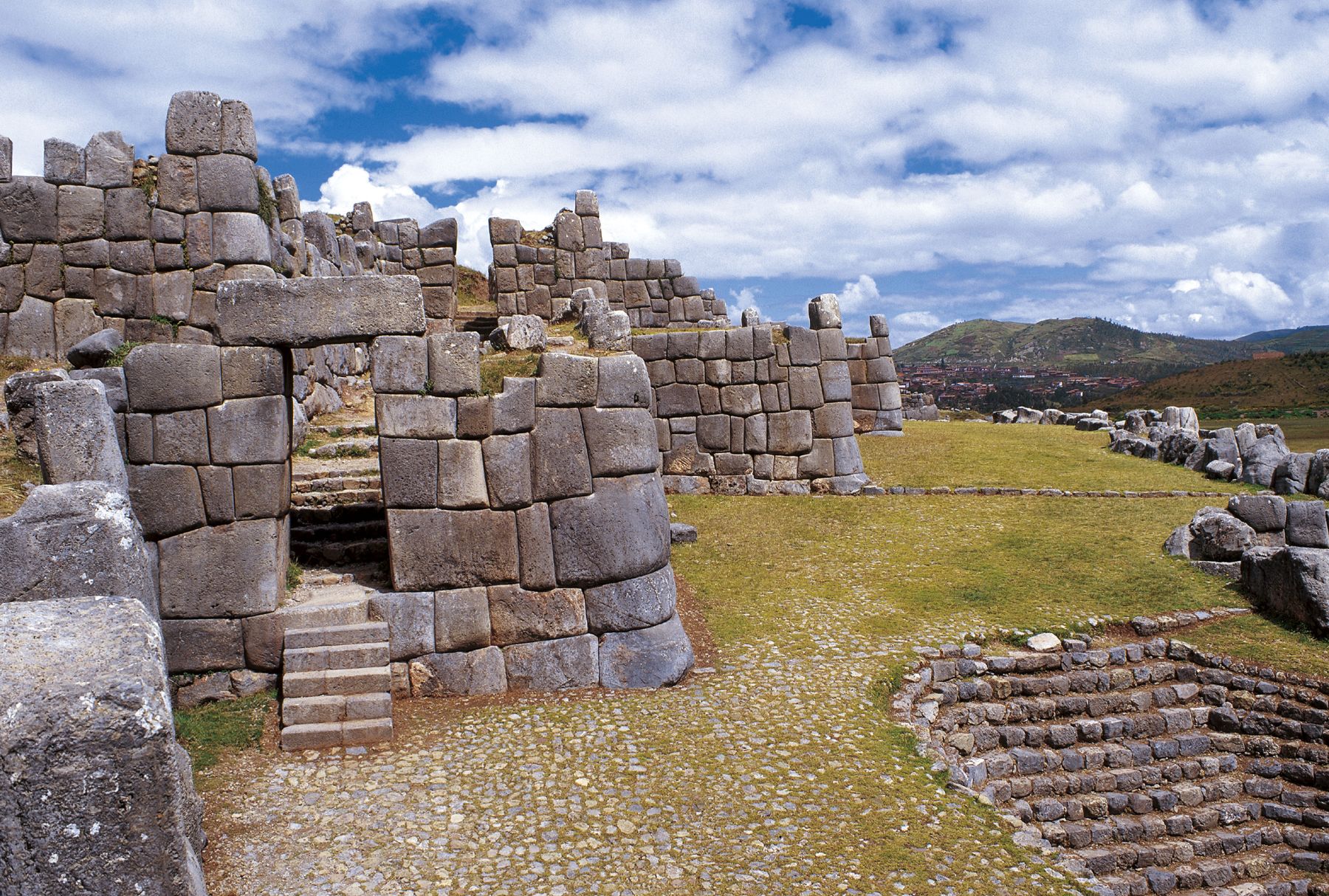

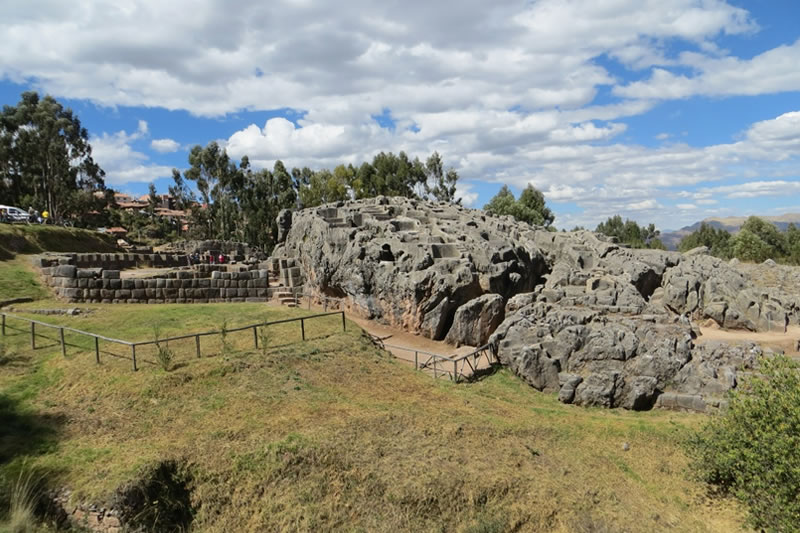
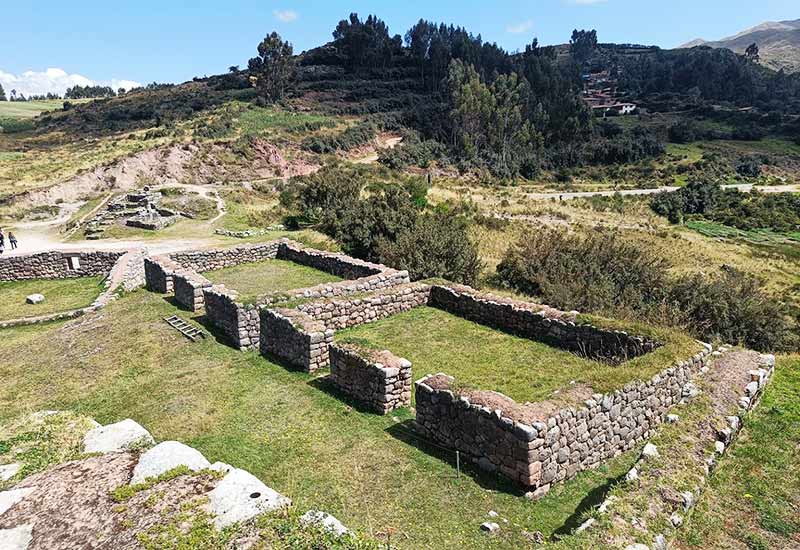

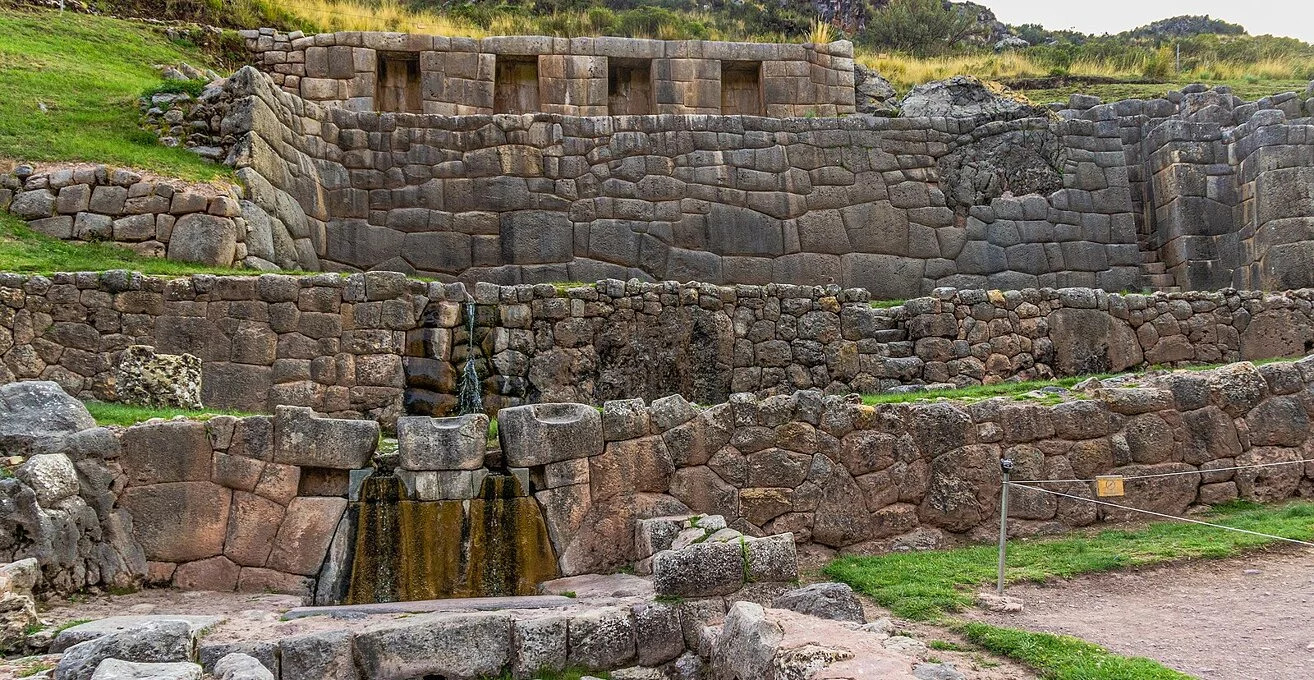

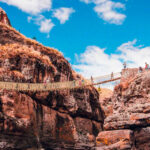

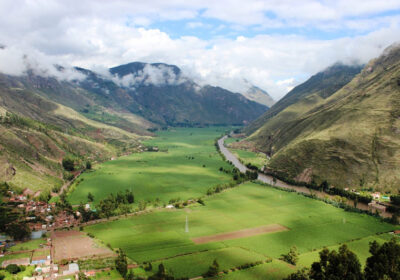

No Comment! Be the first one.